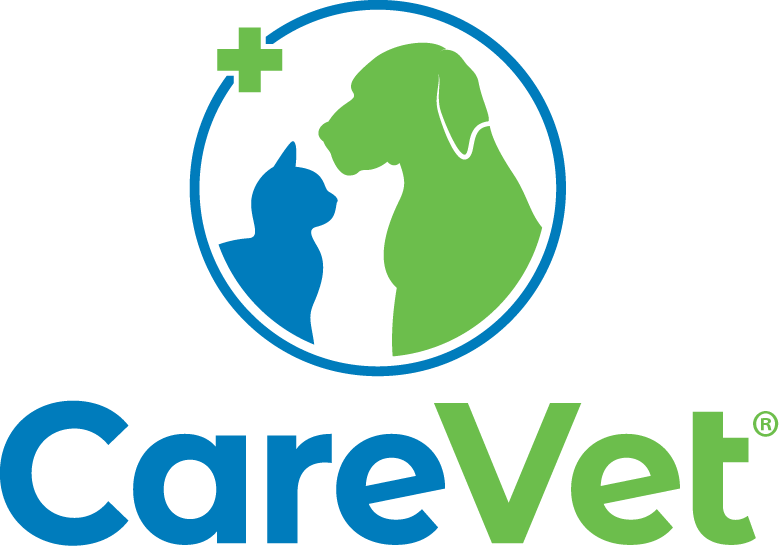Your hospital website will be the first impression for many new clients, so it is important to put your best foot forward. Unfortunately, practice websites are often poorly built or left untouched for years due to other priorities taking precedence. Learn how to optimize your practice website to create the best impression and results with these simple steps.
Avoid using a popular veterinary practice website builder.
It may be tempting to use the same website management company as all of the other vet practices in your area – after all, these services are usually reasonably priced and can build a website with almost no effort required of you. However, the reason they are able to do this is because they re-use almost all of the content from one website to the next. Additionally, because they only utilize a few templates, your website will look almost identical in both style and content to the hospital ten minutes away from yours.
Instead, set yourself apart by hiring a local web design company to help you build your website. This will give you flexibility in your design and allow you to create an intuitive, appealing experience for your users. Smaller design companies will be much more timely and responsive to your asks, whereas customer service is often less than satisfactory at larger companies. Take the time to write unique content: service descriptions, a short biography for each doctor, and a strong mission statement for your hospital. This unique content will increase your Google ranking, whereas repeated content will hurt your website ranking. While you will pay more to use a local company, you will make this money back in time.
Hire a professional photographer.
Stock photos and photos taken on phones can work on a website, but professional photos of your doctors, staff, and patients will make the site look much cleaner and more personalized to your hospital. This is a financial commitment, so repurpose the photos to get the most out of your money by using them on your Facebook, Instagram, Google My Business, Yelp, and more.
Optimize your website for mobile.
More and more clients will visit your website using their mobile device – many of whom will never see the website on a desktop browser. It is extremely important to make sure your website is responsive, meaning the layout adapts to the device being used, such as a smartphone or tablet. An effective mobile site needs text that is large enough to read, buttons that are large enough to tap, and sufficient space between buttons. Additionally, your mobile site should not require any horizontal scrolling.
Prioritize your calls to action.
Make it extremely easy for viewers to book an appointment no matter where they are on the website. The last thing you want is for someone to decide they want to book a visit and then change their mind because they cannot find your phone number or appointment request form. Your phone number or request form should be placed in the header of the website so they can be easily spotted and accessed from any subpage of the website.
Keep it simple.
It may be tempting to answer every FAQ somewhere on the website, but many users will become overwhelmed if the website is jam-packed with information. Economy of language is important – determine what the customer needs to know and leave it at that. You will still receive calls with questions, but the simpler the website, the more likely viewers are to actually read what is available.
Refresh, refresh, refresh.
Websites are not your daily priority, which means they often will be left alone after the initial build. Avoid falling into the trap of letting your website sit stagnant. You will likely be paying the company that built your website a monthly fee to manage it, and this will often include a payment for time used to update the site. Make sure that your designers are actually fulfilling this agreement.
Request your website analytics and review them each month to ensure that your site traffic is growing or at the very least remaining constant. Update your website with promotions that you are running, rather than just posting the deals on Facebook. Keep your team page current, making sure to remove any members that retire or leave. If your hospital begins offering a new service, write a brief paragraph and add it to your services page. Overall, keep your website current with all updates so that it provides an accurate and positive representation of your hospital.
Your practice website will never be your first priority, but it is often your first impression. An impressive website will pay for itself with the new traffic it generates and will set you apart from your competition. By taking action to optimize your website, you will create strong impressions of your practice and boost your success.
